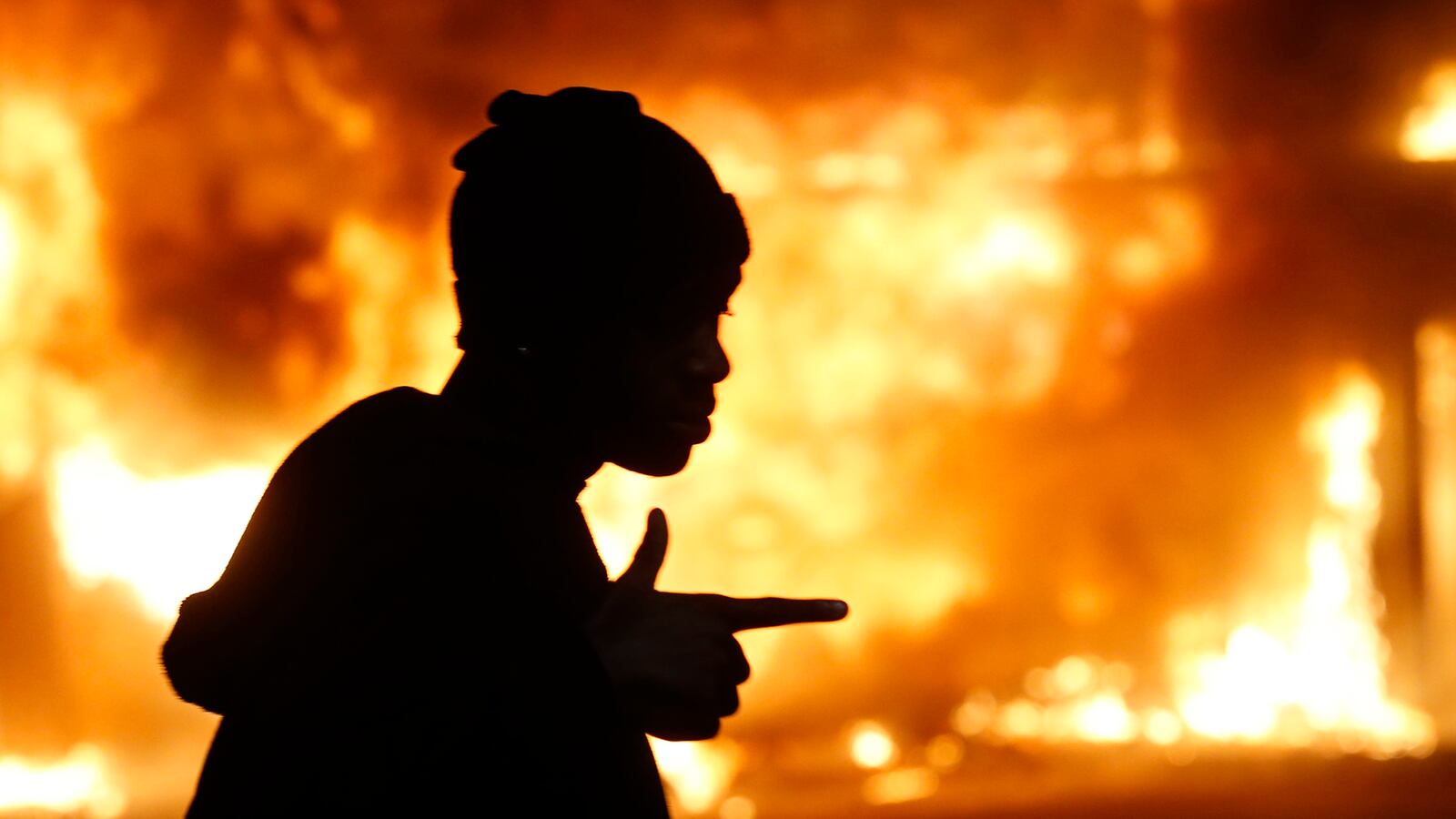Several weeks ago we wrote about a bias in science reporting, which goes as follows:
(1) A shaky study is promoted.
(2a) The journalists who see through the hype don’t waste their time on it.
(2b) The journalists who fall for the story, or are too lazy to check it, report whatever claim it is without skepticism.
The result: Readers see the dramatic claims but none of the refutations. Beyond the problems this creates regarding any individual study, this process creates an incentive for future researchers to do sloppy work and exaggerate their claims. And the hype cycle continues.
A similar loop of spurious confirmation occurs in political reporting.
Here’s an example. Two months ago, political commentator Heather Mac Donald wrote the following in The Wall Street Journal:
The nation’s two-decades-long crime decline may be over. Gun violence in particular is spiraling upward in cities across America. In Baltimore, the most pressing question every morning is how many people were shot the previous night. Gun violence is up more than 60 percent compared with this time last year, according to Baltimore police, with 32 shootings over Memorial Day weekend. May has been the most violent month the city has seen in 15 years.
Mac Donald continued with statistics from other cities, including Milwaukee, St. Louis, Atlanta, New York, and writes, “Those citywide statistics from law-enforcement officials mask even more startling neighborhood-level increases. Shooting incidents are up 500 percent in an East Harlem precinct compared with last year ...” But of course, any average will be a mix of high and low numbers, and nothing much can be learned from a context-less report from one isolated precinct.
Mac Donald continues:
A handful of highly publicized deaths of unarmed black men, often following a resisted arrest ... have led to riots, violent protests and attacks on the police. Murders of officers jumped 89 percent in 2014, to 51 from 27.
We learned about Mac Donald’s op-ed from a post by Jay Livingston, who then links to a more recent post by Peter Moskos, a criminologist and former Baltimore police officer who flatly states:
Police officer line-of-duty deaths are down 15 percent this year. Gunfire deaths are down 38 percent.
Moskos’s data come from the Officer Down Memorial Page. He continues:
Odd, because a lot of reporters were calling me last year when the numbers were up.
“Is it Ferguson?!” “Is it Obama?!” “Are criminals less brazen?!” “Has training gotten better?!” “Are criminals worse shots?!”
[Silence of me staring at non-ringing phone]
Mac Donald’s motivation seems clear enough: She disagrees with the protests, thus she is primed to see evidence showing that the protests lead to bad things. She found some numbers that were vaguely relevant to her point and went with them. Her column is misleading—isolated statistics do not imply a crime wave—but her mistake is understandable: We all tend to grab on to statistics that confirm our existing attitudes. And, of course, it’s possible that in the absence of the well-publicized incidents of police killing unarmed civilians, that gunfire deaths could have dropped even more.
The point here is not the particular mistake of reporting changes from 2013 to 2014 without noting that from 2014 to 2015 the change went in the opposite direction (although we hope Mac Donald does correct it in a future column, so that her readers will be not be misinformed); but rather that, as Moskos notes, the statistics that don’t fit the dominant story line (protests lead to violent aggression against police) don’t get heard.
When upticks in crime are news and declines are not, the net result can mislead.
Andrew Gelman and Kaiser Fung are statisticians who deal with uncertainty every working day. In Statbusters they critically evaluate data-based claims in the news, and they usually find that the real story is more interesting than the hype.






